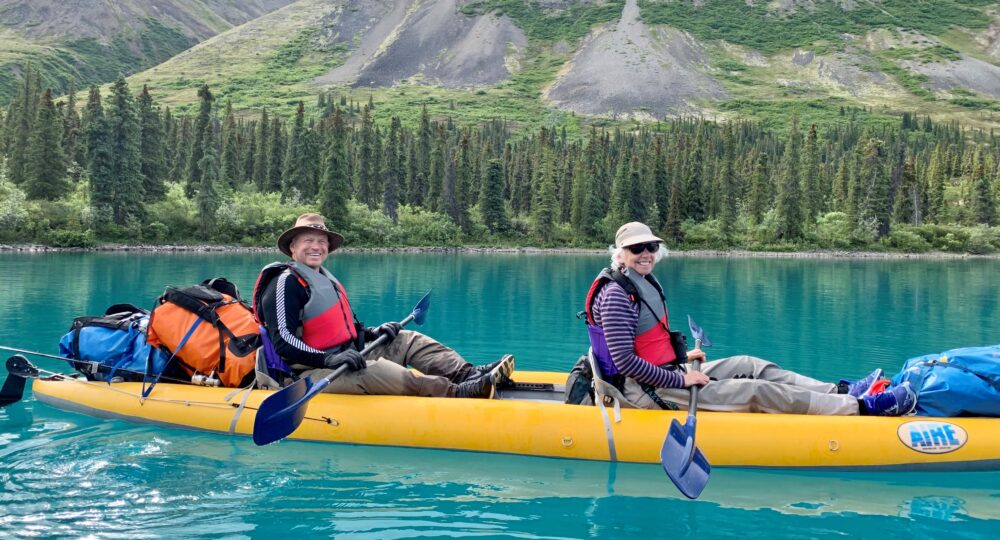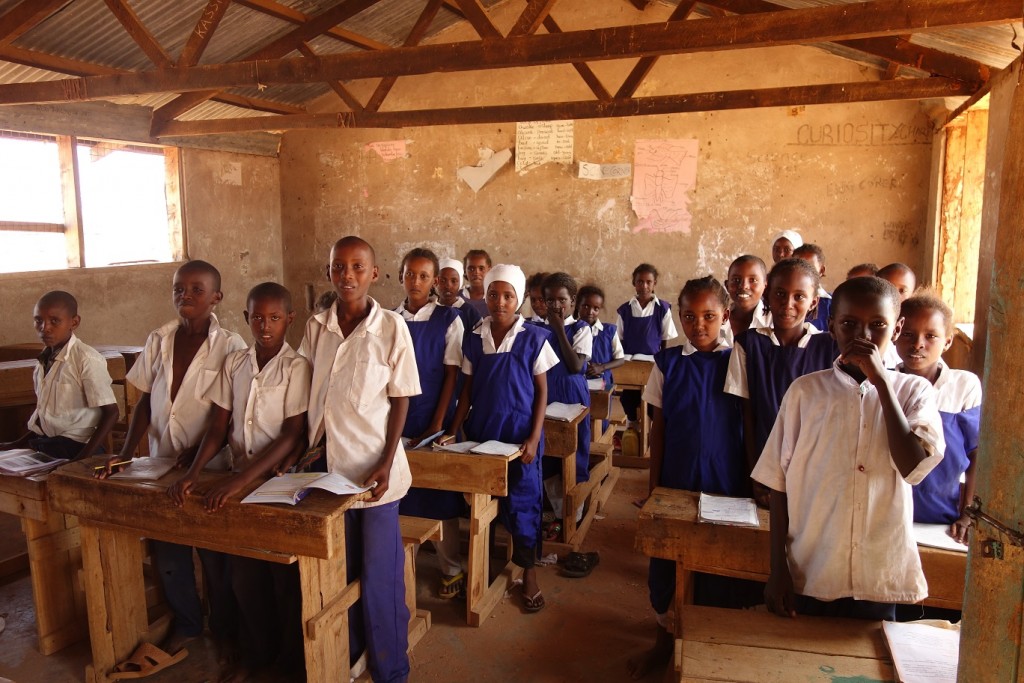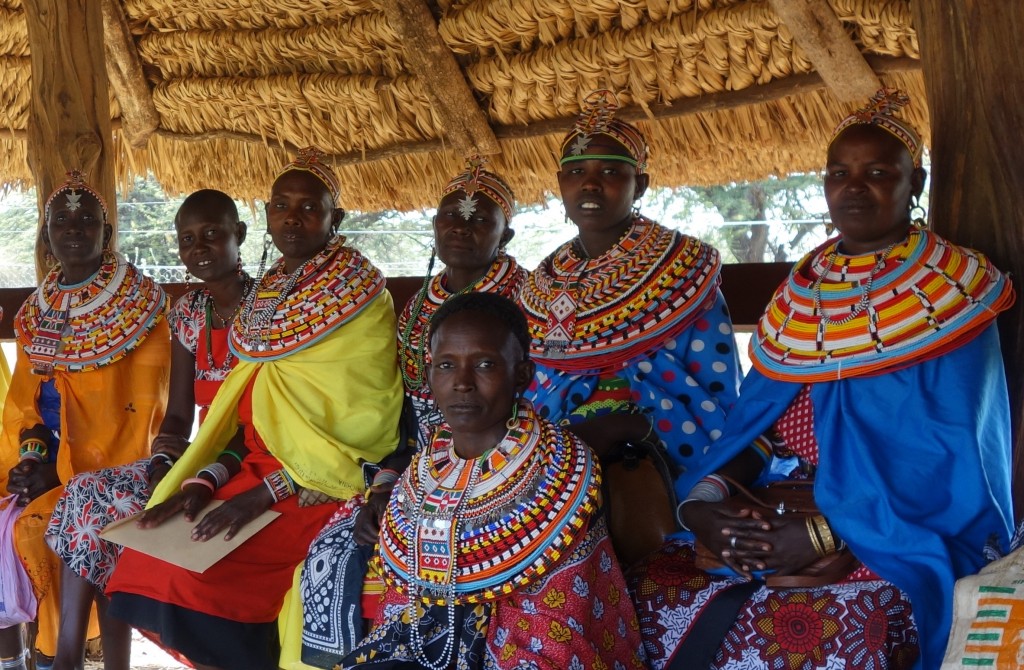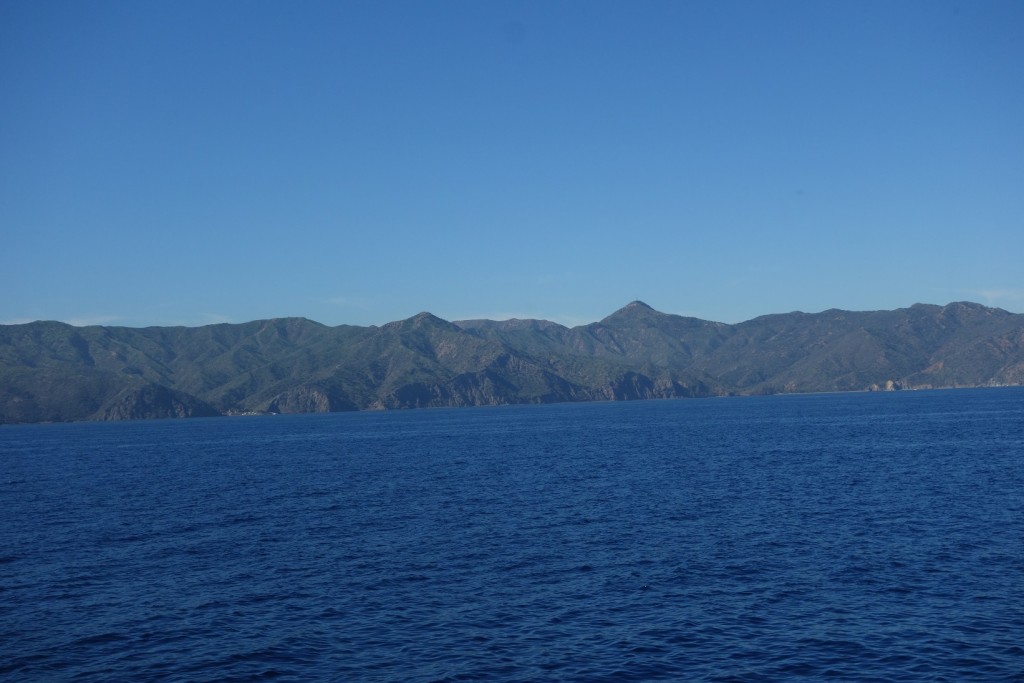Okay, this is a bit complicated. I would like to get pledges for donations for a school here in Kenya that would be a great benefit to students from NRT schools. $125 can secure a spot in a high quality school for a poor girl for a year. $500 can ensure her secondary education. Random-control test based research shows that education is the most effective way to raise individuals and whole families out of poverty. In developing countries, every year of education makes a real difference to income.
Let me tell you about the school first.
Daraja Academy is a girl’s secondary boarding school that specializes in preparing women to be leaders. They focus their recruiting on Kenyan girls who perform well in primary school who are extremely poor yet demonstrate leadership potential. It is located in Northern Kenya between Nanyuki and Doldol, just outside our Naibunga Conservancy.
They have an excellent reputation. I believe that 82% of their 2014 graduates qualified for university and 100% are doing some sort of post-secondary education. That puts them among the best secondary schools in Kenya. The only cost to the girls’ families is for transportation fees (about $50 per year). All other necessities, medical care, uniforms, education fees, and school materials are provided. I met several of the teachers and their dedication and ability are impressive.





